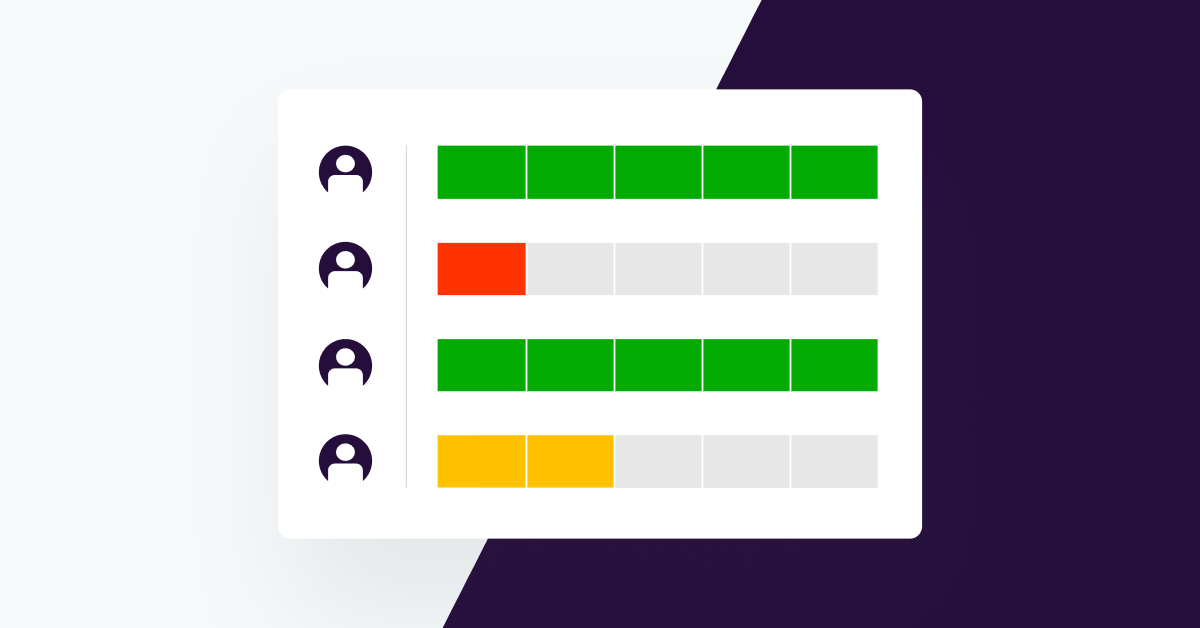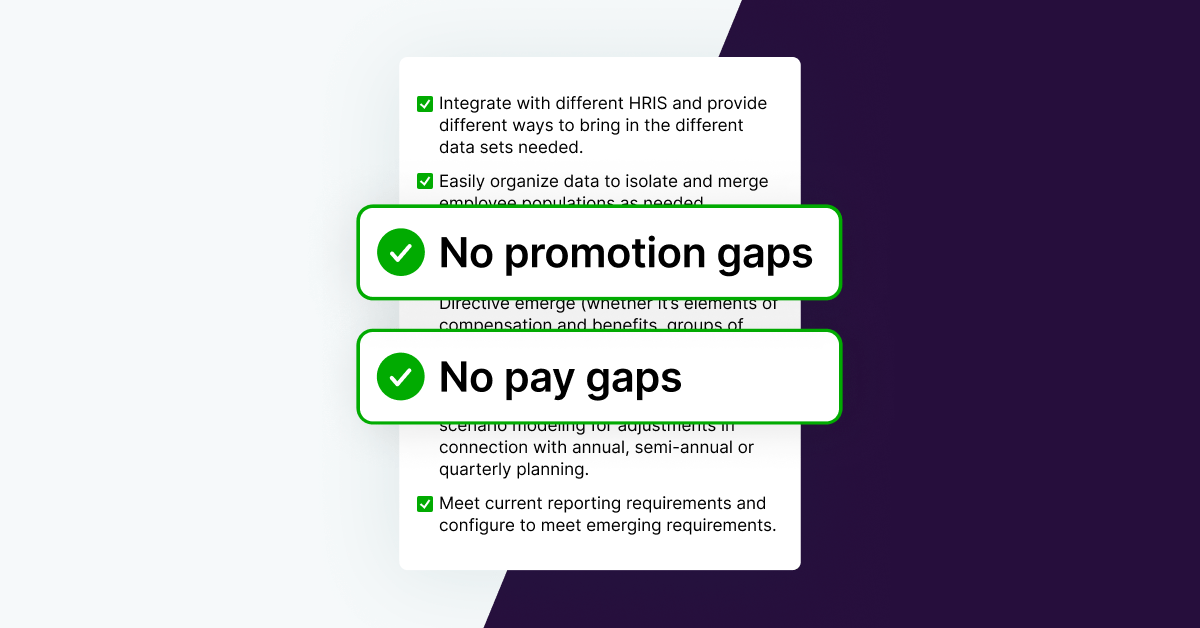As organizations around the world gear up for performance review season, a cloud looms over the annual review process. According to a new survey from Syndio, this traditional approach is often a source of anxiety and frustration for both employees and managers. Most concerning is the belief that the process is tainted by issues of supervisor bias and a lack of transparency.
Below we share key insights from the survey — as well as advice for organizations to effectively combat bias.
5 performance review findings: Supervisor bias and lack of transparency prevail
Performance management is a crucial area for intervention when it comes to closing pay gaps as it influences opportunities for career development and who gets promoted into higher-paid positions.
To examine the dynamic relationship between performance evaluations and growth opportunities, Syndio undertook a comprehensive survey in August 2023 involving more than 1000 full-time workers across various job levels. The survey findings below highlight potential disparities and showcase equitable practices around opportunity:
1. Supervisor bias is negatively affecting performance reviews.
A full quarter (25%) of survey respondents felt their performance reviews were negatively affected by their supervisor’s personal biases. This is particularly concerning in light of the findings from the 2024 Workplace Equity Trends Report, which found that in over half of all organizations — and in nearly 2/3 of enterprise organizations — performance evaluations are completed only by the employee’s manager. This over-reliance on a single supervisor’s discretion means there are no mitigating perspectives to counteract or diffuse the impact of bias.
2. Asian and LGBTQ+ employees are disproportionately impacted by supervisor bias.
LGBTQ+ employees are 35% more likely to respond that their immediate supervisor’s personal biases had a negative impact on their performance reviews. For Asian employees, that number jumps to 54%.
3. Both employees and leadership crave more transparency around promotions.
The cry for transparency echoes from both sides of the table. A significant 43% of non-management employees believe their organizations lack transparency in promotion decisions. Surprisingly, over a third (36%) of respondents in management and leadership roles share this sentiment, indicating a mutual concern among employees and decision-makers alike.
4. Employers are stuck in status-quo annual feedback cycles, especially enterprise corporations.
Despite mounting concerns about efficacy, the majority of companies (60%) — and nearly ¾ of enterprise companies (73%) — continue to conduct performance reviews on an annual basis. This persistent status quo perpetuates a cycle that employees and leaders alike find increasingly problematic.
5. More frequent check-ins may combat concerns of bias.
Two-thirds of employees admit feeling uncomfortable in proactively expressing interest in advancement, fearing bias and unfair treatment. The survey indicates that breaking away from the annual feedback cycle with more frequent performance check-ins (i.e., two or more times per year) were associated with lower concerns about supervisor bias and enhanced clarity regarding advancement opportunities. Of those surveyed, 38% of companies have shifted to more frequent reviews, with technology companies leading the way at 52%.
Battle supervisor bias with data
The old playbook for anti-bias training in isolation doesn’t work. Instead, HR leaders should adopt a holistic approach that pairs training with robust data analytics to better understand what’s driving inequities in people movement.
The 2024 Workplace Equity Trends Report found that organizations that effectively build diverse teams at every level are 69% more likely than ineffective organizations to analyze performance ratings for bias against specific groups. Check out our article on How to Analyze Your Performance Reviews for Bias to learn more about conducting these analyses, as well as the followup article on What to Do When You’ve Found an Issue in Performance Reviews.
As part of Syndio’s workplace equity platform, companies can use OppEQ® to instantly analyze hiring, promotions, and performance scores by gender, race, and more to identify the root causes of opportunity and pay gaps — and create action plans for improvement. You can learn more about OppEQ at the link below.
The information provided herein does not, and is not intended to, constitute legal advice. All information, content, and materials are provided for general informational purposes only. The links to third-party or government websites are offered for the convenience of the reader; Syndio is not responsible for the contents on linked pages.



